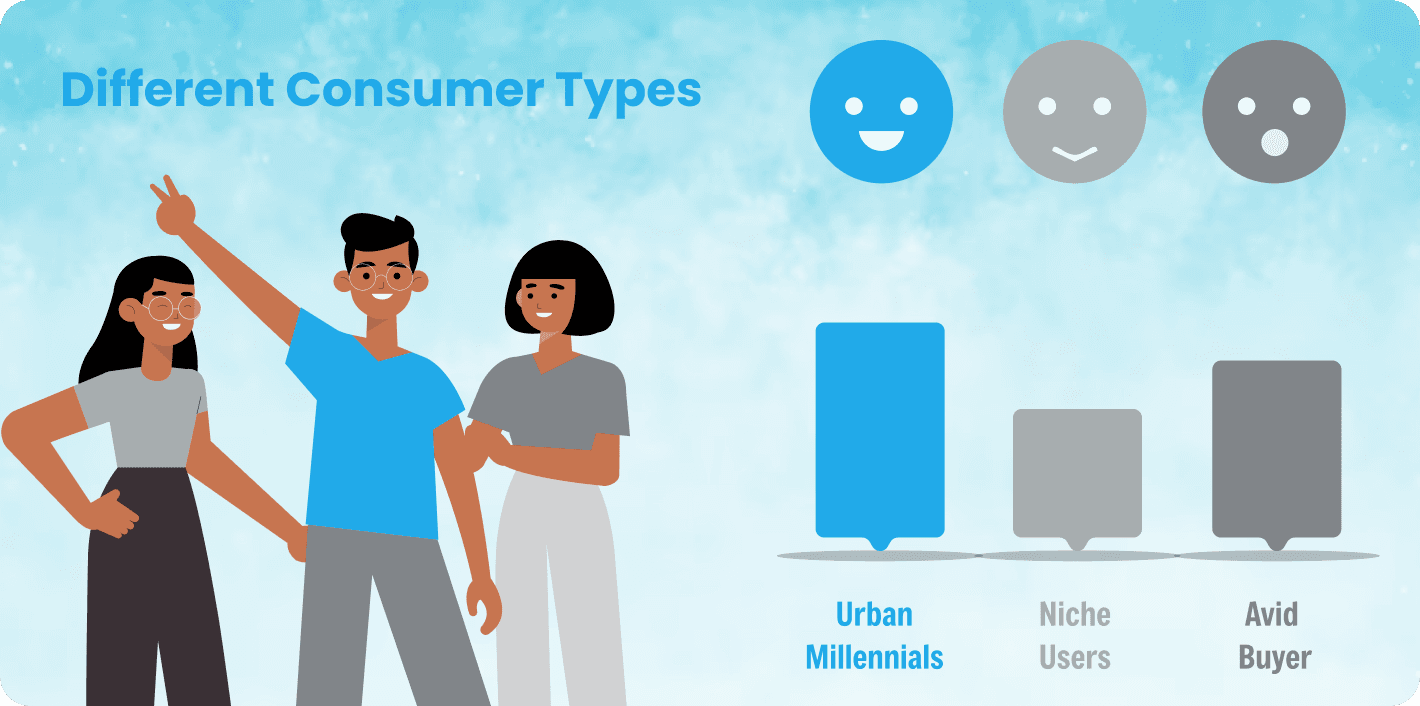Table of Contents

In today’s technology-driven world, connecting directly with consumers is faster and easier than ever before. Gone are the days when brands had to rely solely on middlemen to reach customers. By building a powerful direct-to-consumer strategy, brands can own the whole customer experience from beginning to end. This article seeks to provide a comprehensive guide for crafting an effective marketing strategy specifically aimed at building successful direct to consumer brands India.
Understanding the Direct-to-Consumer Model
The direct-to-consumer model, often called D2C, refers to businesses that sell products or services directly to consumers without relying on wholesalers or traditional retailers as intermediaries. Some key aspects of direct to consumer brands include manufacturing and fulfilling orders in-house to control the full supply chain. This allows the brand to maintain quality control over production and delivery.
It also provides an opportunity to collect valuable first-party consumer data that offers deep insights into purchasing behavior, preferences, and loyalty. With D2C, brands can form a direct emotional connection with customers and develop long-term relationships through regular communication and feedback loops.
Benefits of Building a Direct-to-Consumer Brand
- Developing a direct relationship with customers allows brands to understand better their wants, needs, and pain points which help create products that truly serve customers meaningfully.
- Eliminating middlemen like retailers allows brands to price products fairly while still remaining profitable which helps build a reputation of transparency and good value.
- Communicating directly through owned channels on social media, email, and a company website gives brands full control over their messaging and the opportunity to cultivate brand loyalty through frequent, personalized communication.
- Having insight into the entire customer journey from the first discovery of the brand to repeat purchases supports the continuous improvement of the user experience to keep customers engaged and coming back for more.
- Data collected from direct sales provides rich insight into what customers are actually purchasing rather than what outside retailers say they want which leads to the creation of the most in-demand products and services.
Targeting the Right Consumer Segments
Before developing comprehensive marketing strategies, the best direct to consumer brands must carefully analyze the target segments that are most receptive to direct purchasing. Some key segments to focus on in the Indian market include urban millennial families who research and buy online, active lifestyle users interested in specialized wellness products, and niche communities searching for customized solutions.
Location targeting tools allow brands to highlight relevant local communities as well. Psychology-based targeting using behavior insights and lifestyle parameters helps craft appropriate messaging and content for each segment.
Content is King - Social Media Strategy
With Indian internet users spending most of their online time on social platforms, no D2C marketing plan is complete without a solid social media strategy. Brands must identify the key networks where target segments are highly active, such as Instagram, Facebook, LinkedIn, or Twitter.
An organic content calendar scheduled 3-4 months in advance keeps a steady stream of high-quality, segmented posts flowing. Consistency is important along with experimenting until the best-performing types and timings are identified. User-generated content and branded hashtag/emotion-based campaigns boost authentic engagement. Partnerships with relevant influences and communities for cross-promotions further amplify the brand message.
Paid Advertising and Promotions
While organic reach is ideal, paid advertising plays a crucial role, especially initially, in driving sales and acquiring qualified leads for D2C brands. Search targeting using relevant long-tail keywords brings product pages in front of consumers actively searching. Retargeting past site visitors and users who abandoned carts effectively boosts conversions.
Location-based campaigns alert nearby smartphone users about flash offers or new releases. Facebook and Google feature successful dynamic remarketing. For maximum impact, promotions should be time-bound but offered periodically, with urgency limited to drive impulse yet thoughtful purchases. Split testing various creatives and copy ensures the most effective campaigns are scaled up for greater ROI.
Designing an Intuitive Mobile-First Website
In the mobile age, D2C websites must deliver a seamless shopping experience optimized for smartphones. This begins with user experience mapping flows to reduce painful points like long load times or difficult navigation. Streamlined product pages spotlight key attributes through large visuals, brief copy, and tap-to-expand sections.
Streamlined checkouts integrate wallets and address books to minimize data entry overheads. Well-optimized search ensures landing product pages rank highly on search engines as potential customers research. User and conversion rate tracking tools like Google Analytics help identify friction points to iterate and constantly improve the experience and conversion funnels.
Building an Inclusive Omnichannel Presence
While the internet enables direct connections, an omnichannel strategy amplifies convenience by meeting consumers where they are already shopping across devices and mediums. Strategic marketplace listings on popular platforms like Amazon and Flipkart help reach wide untapped audiences.
Opening a flagship store on shopping apps provides another low-investment entry point. For certain product categories, experience stores or pop-ups can inspire impulse shopping alongside services like virtual consultations. Operational alliances with related brands bring complementary audiences together while collaborative delivery services enhance satisfaction. Cohesive branding across all channels maintains clarity and consistency of the unique value proposition.
Conclusion
With thoughtful planning and experimentation, direct to consumer brands have immense potential to disrupt traditional industries, own valuable customer relationships, and drive sustainable growth. While every brand’s strategy will vary, consistently optimizing the core elements discussed here around segmentation, content, paid acquisition, engagement, UX and omnichannel presence will lay the foundation for crafting truly effective D2C marketing that helps connect with consumers authentically for the long haul.








